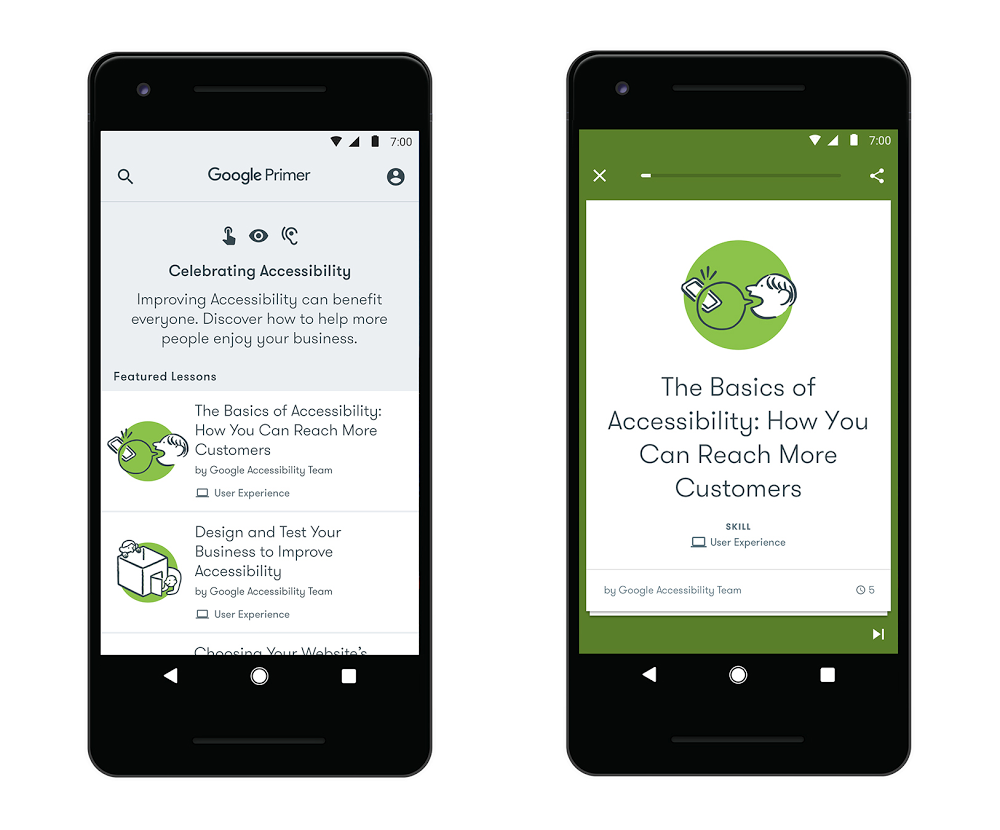Human behavior has always intrigued me—that's the reason I studied psychology as an undergraduate. At the time, I wondered how those learnings could one day apply to life in the “real world.” As it turns out, an understanding of people and human behavior is an invaluable asset when it comes to cultivating influence—especially when it comes to design.
In my role as VP of User Experience (UX) Design at Google, I’m constantly tasked with influencing others. I lead a team of designers, researchers, writers and engineers who are behind products like Google’s Shopping, Trips, Payments and Ads. To create great experiences, we must first convince the people building these products that design is elemental to delivering not just user value, but also business value. Over the years I've seen how the ability to build influence is essential to designing the best experiences.
User empathy is a fast track to influence
As UX professionals (designers, writers, researchers and front-end engineers), it’s our job to fully grasp the needs of people using our products and be the spokesperson for them. It’s easy to fall into the trap of believing that we understand our users without witnessing them actually using our products, or to believe that our personal experiences reflect those of people everywhere. Yet every time I go out into the real world and spend time with people actually using our products, I come back with an unexpected insight that changes how I initially thought about a problem.
In 2017, I took a trip to Jakarta to research the challenges of using smartphones in a region where service is relatively expensive and bandwidth is not readily available. It wasn’t until I was on the ground that I realized how degraded the experience was from what I’d pictured. Similarly, during a recent trip to Tel Aviv, I learned how difficult it is to get funding and grow a business. Developing this kind of understanding, which can only come from experience, helps motivate you to fix a problem from a different angle.
Ideally, we’d bring all of our team members into the field to have these first-hand experiences, but that approach doesn’t scale. What does scale is empathy. We can share our personal experiences, research and user stories to build greater understanding. Once we’ve built a foundation of shared understanding, we can have better influence over decisions that affect users.
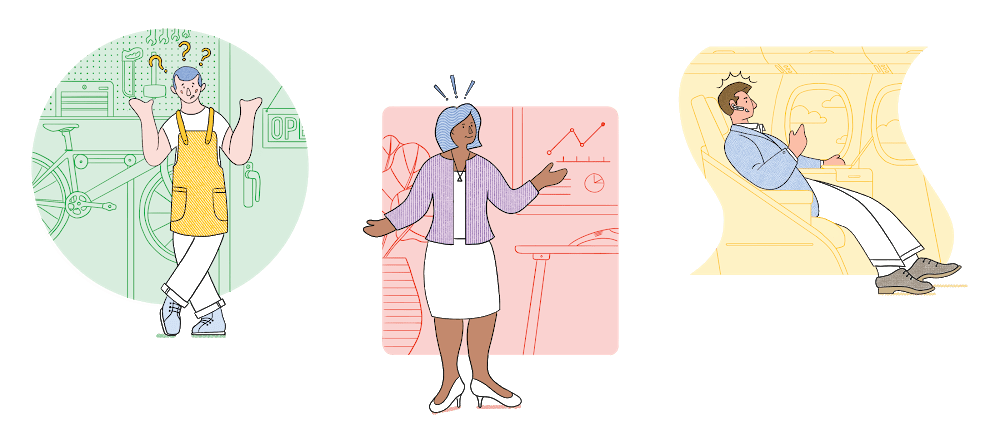
Understanding people's experiences and stories help build better products.
Inspire action with compelling stories
Research can provide the data and anecdotes that help others understand why your design meets a specific need, but how you present that data is equally important.
Creating rich stories full of photos and video clips helps expose others to how people use products and the challenges they encounter. On multiple occasions, I’ve been in a room where research clips of people interacting with a product or prototype are shared with executives and partners. Without fail, observing real people use products gets everyone animated and excited. Watching someone fumble through a task creates a sense of urgency to solve a problem that can’t be generated through data.
One way to do this is with prototyping software or animated slides that show a product flow or tell a narrative that helps people understand the pain points of a product or the ease of its well-designed experience. An interactive prototype lets people experience the full possibilities. If you’re lucky enough to work with a UX engineer, prototypes are probably already a part of your influence repertoire. There’s nothing better than prototyping and sharing a bold idea and hearing: “We need that! Let’s make it happen!”
Listen first
User experience is highly focused on empathy for users, yet we’re often so focused on people using our products that we don’t take the time to develop empathy for our colleagues. Making sure others feel seen, heard, and understood is a significant step toward influence. Similar to how we can mistakenly make assumptions about our users, we can fall into the same trap with our peers.
Too often people equate influence with asserting their perspective. Instead, influence starts with understanding the goals, motivations and frustrations of others.
It’s easy to make incorrect conclusions, so instead of rushing to make a point, start out by listening to your colleagues. Showing the courtesy of listening often begets reciprocity, and makes others more receptive to your perspective.
Our discipline is founded on exploring human connections and motivations through empathy and listening. Now you can use those tools to build influence, whether or not you work in UX.
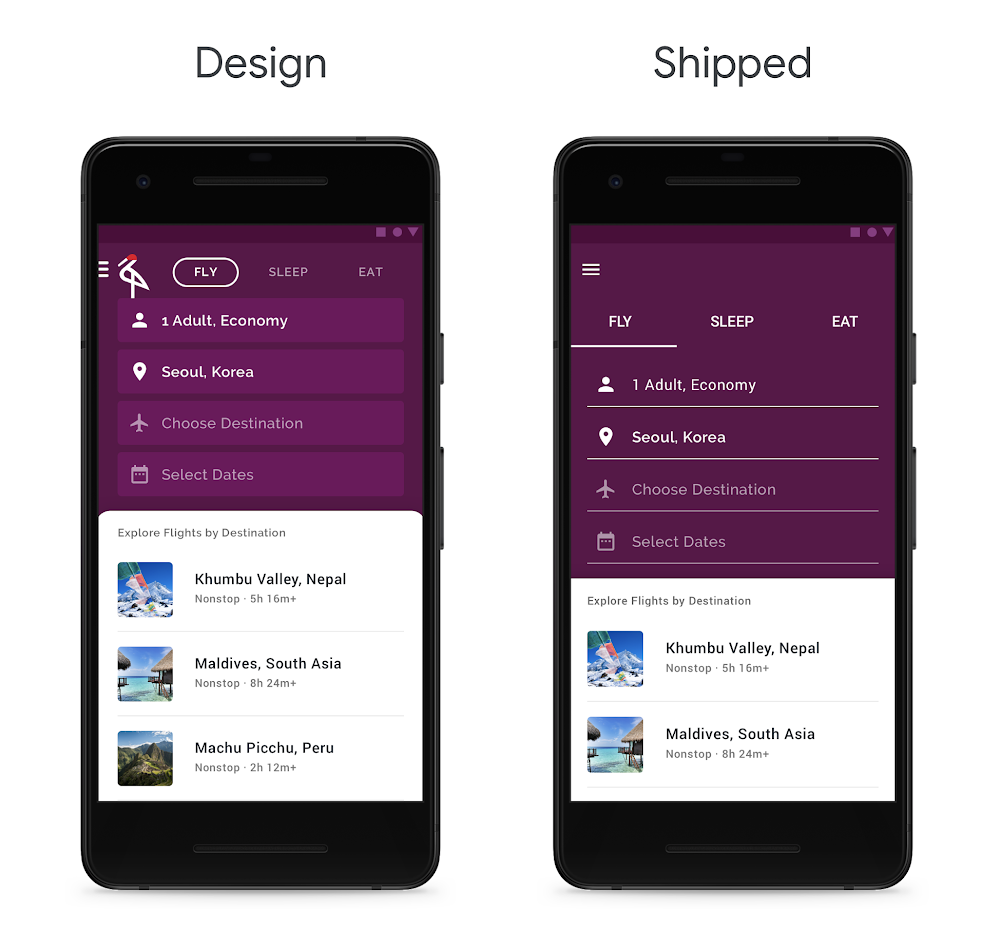
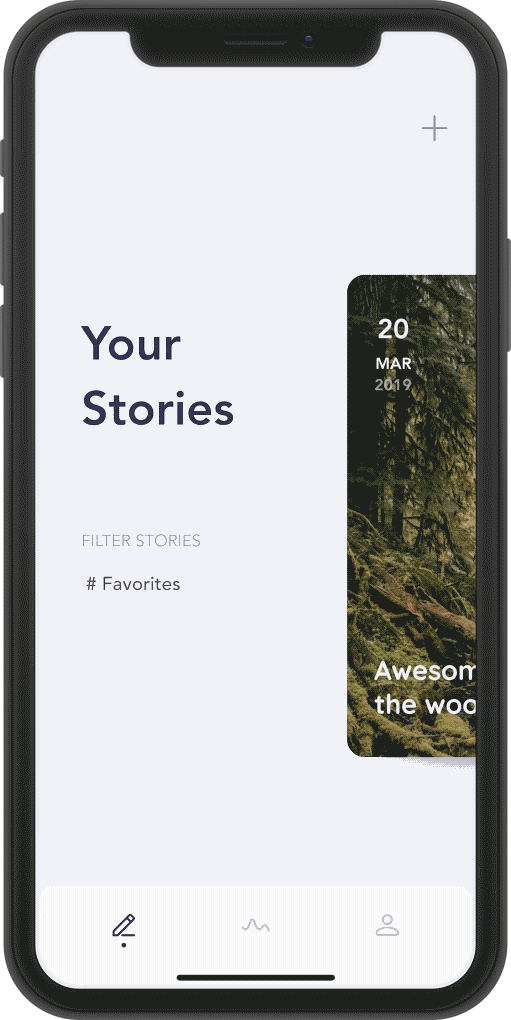
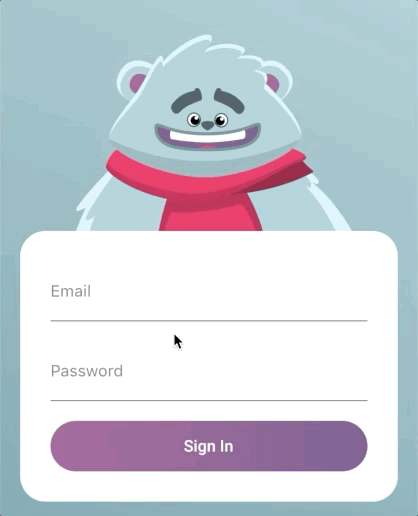
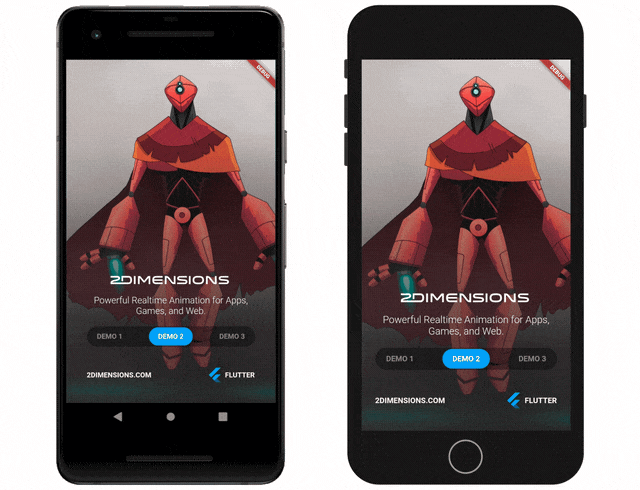
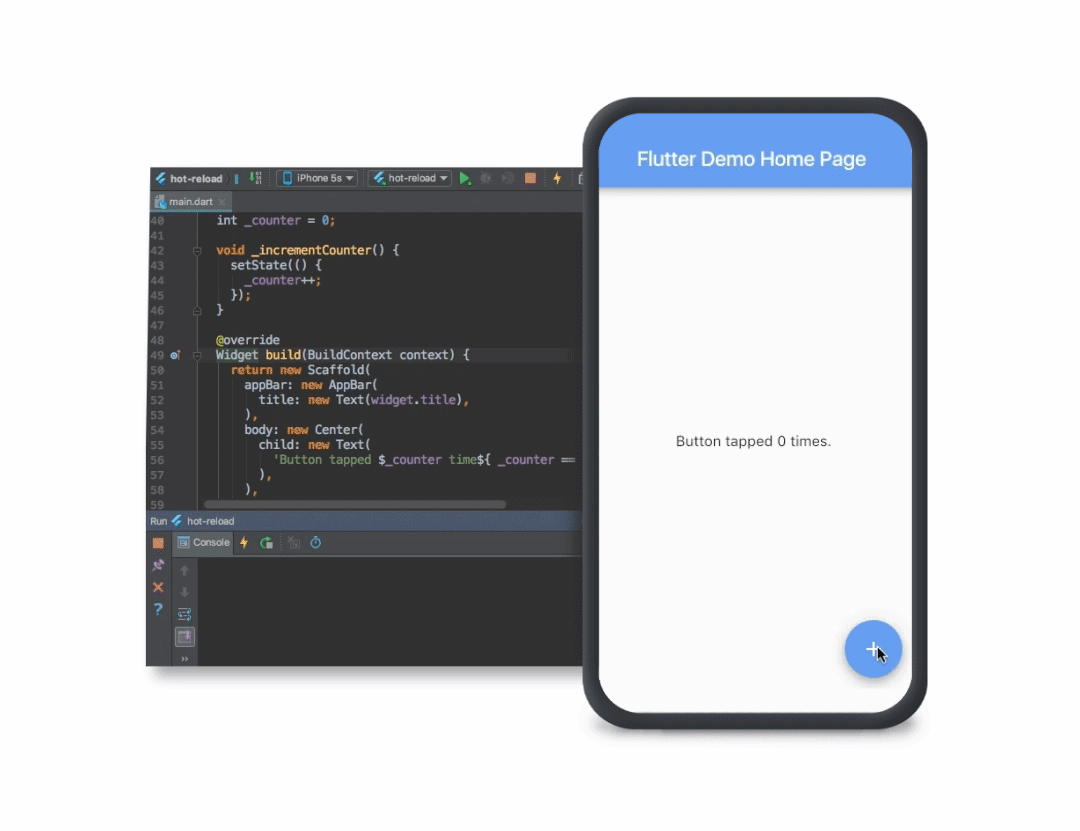

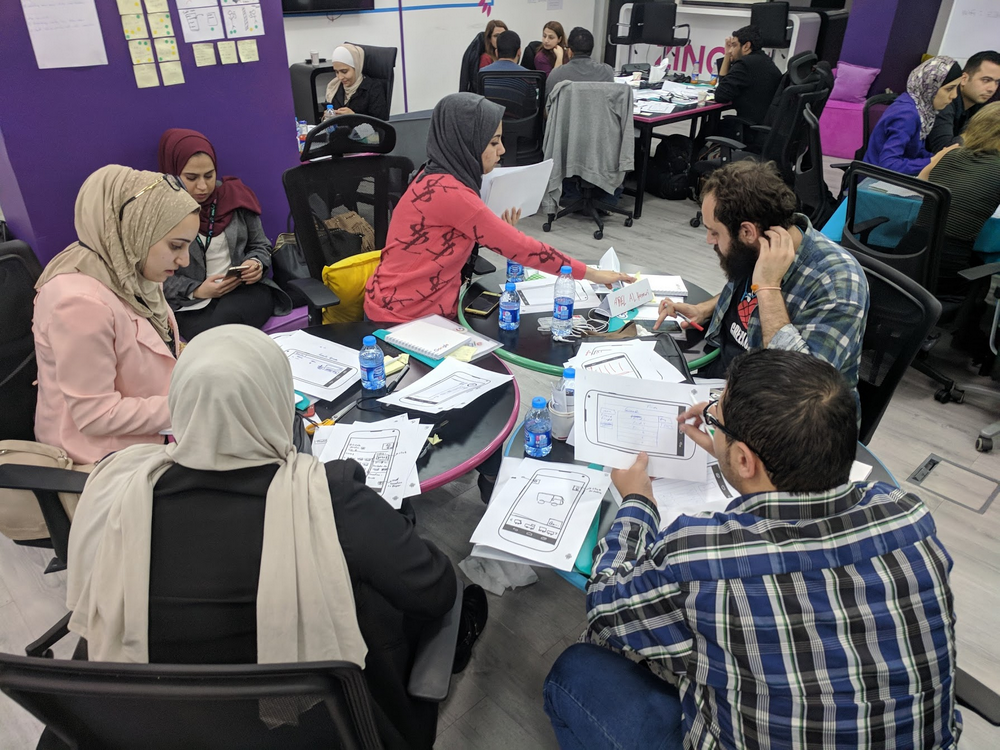
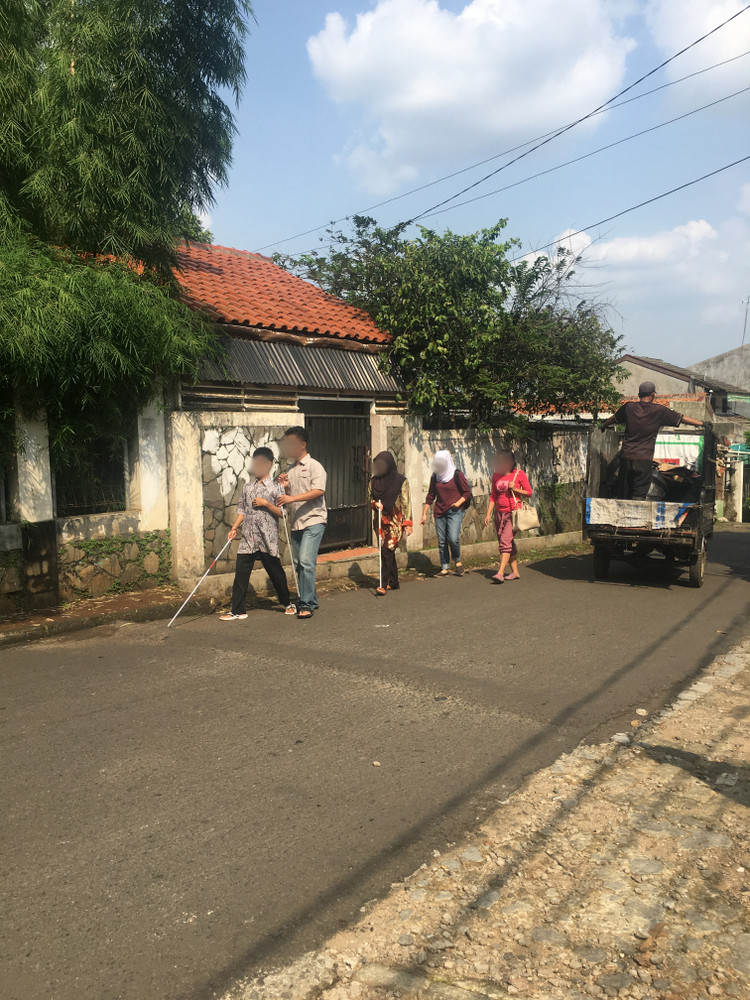


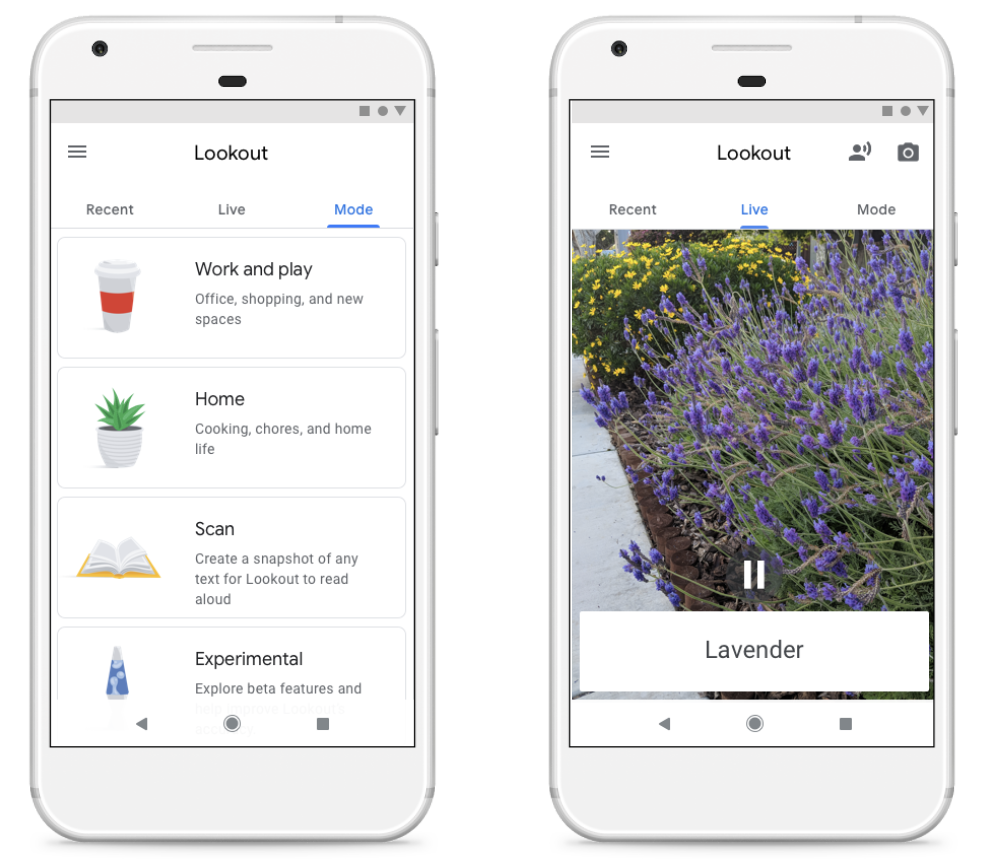
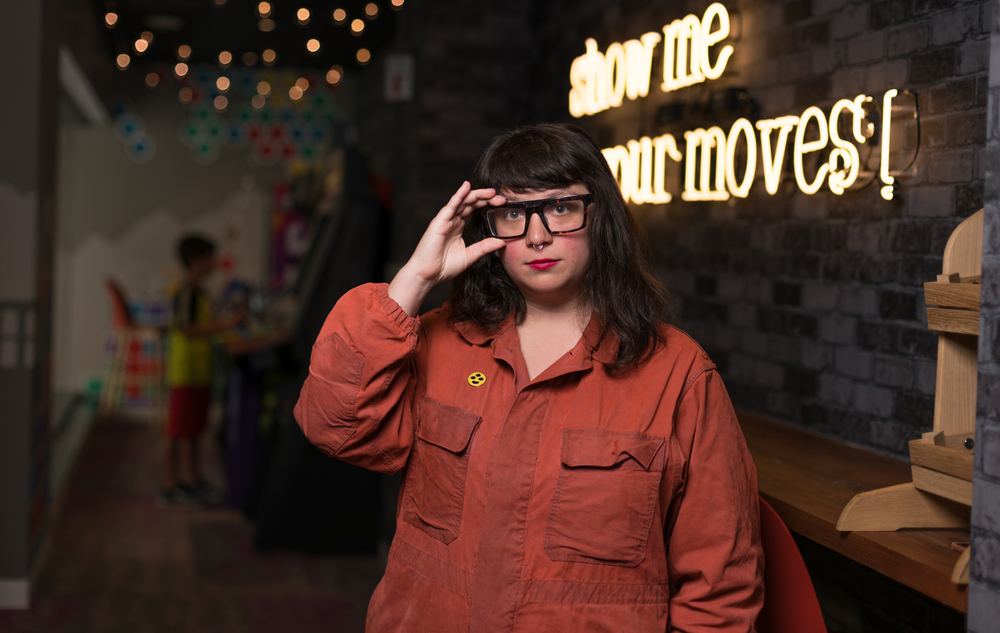


 Posted by Lisa Gevelber, VP Marketing Ads and Americas
Posted by Lisa Gevelber, VP Marketing Ads and Americas 
